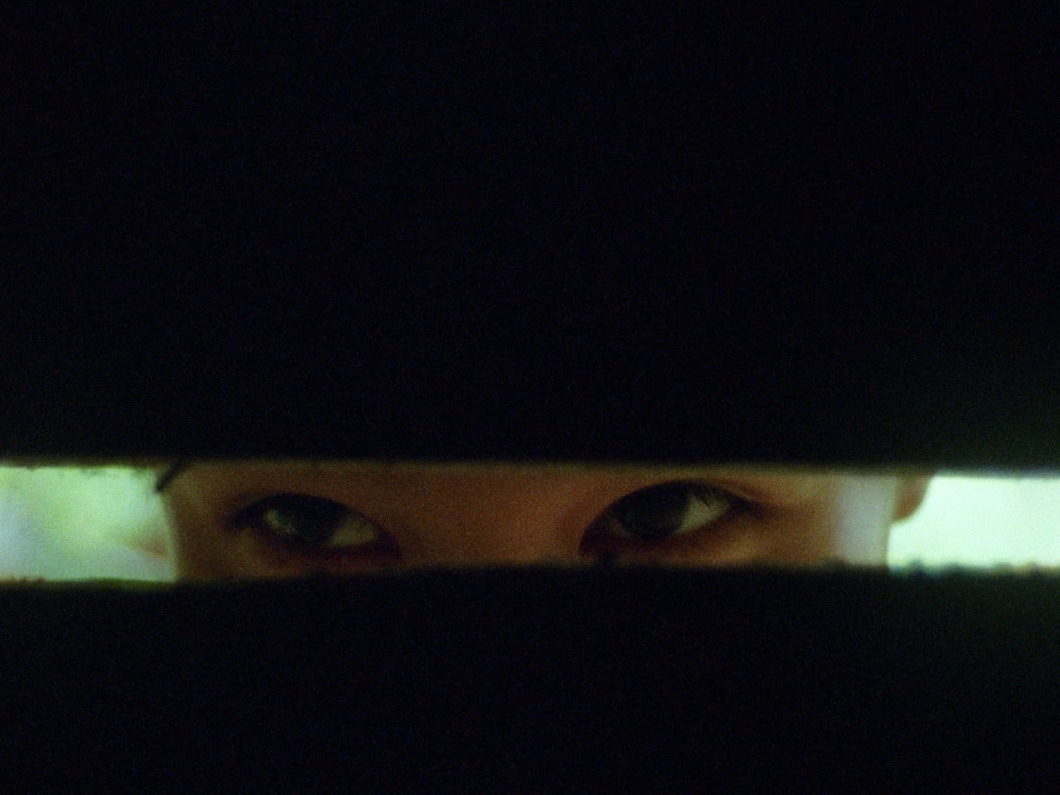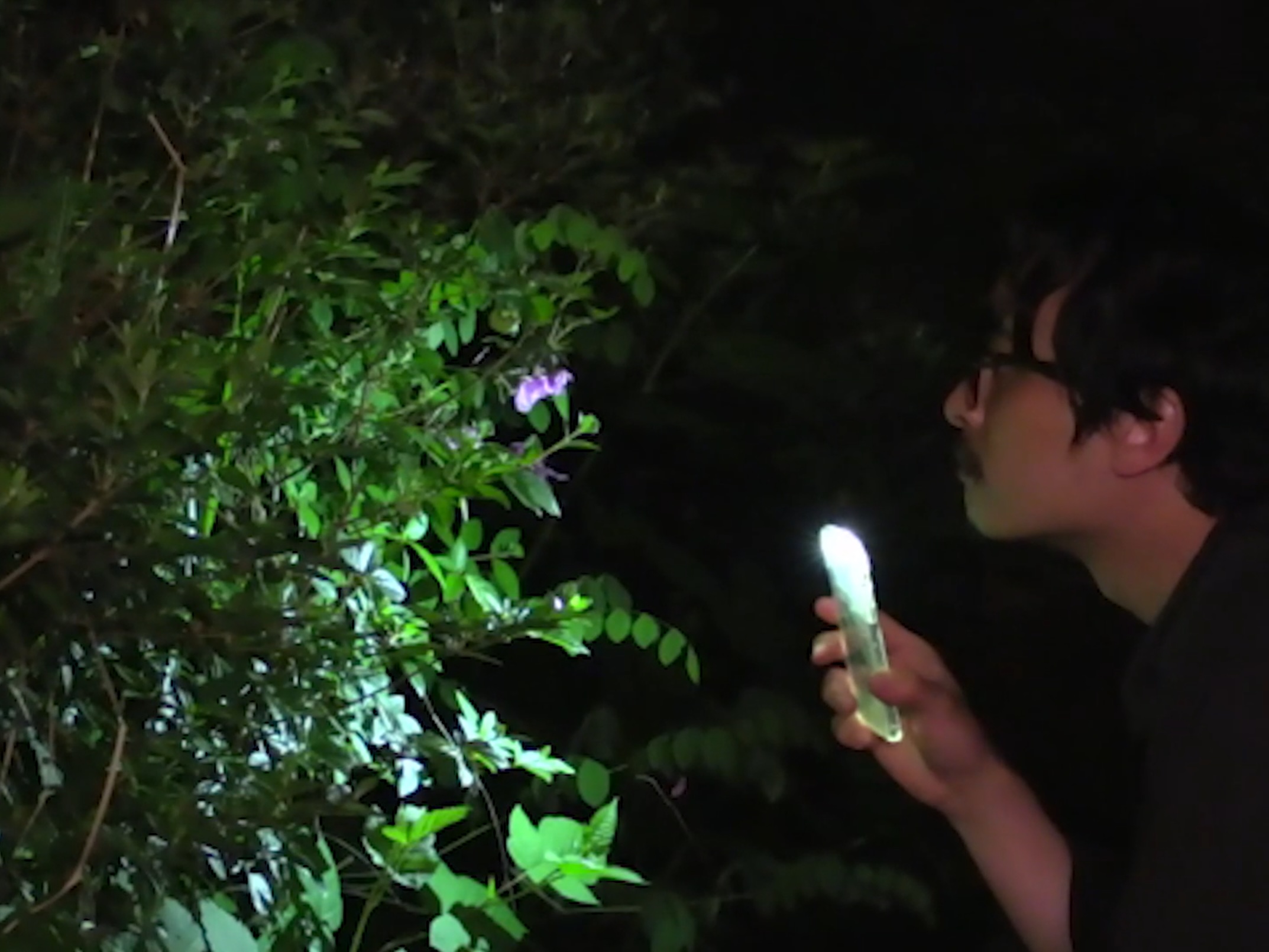In Theorema, a young man walks into a bourgeois household to disturb its order fundamentally – and tragically. This film is an enigma. For me, it is one of Pier Paolo Pasolini’s most fascinating and haunting films. In mathematics, a theorem is a proposition that ‘is not self-evident but proved by a chain of reasoning, a truth established by means of accepted truths.’ With its title, the film promises structured reasoning. But it also promises a deity – the a divine figure who emerges from the rubble of the community the handsome stranger will leave behind.
In the film Inclusief, Ellen Vermeulen observes children who try to find their place in the classroom. Children with different educational needs not only reveal the challenges of inclusive education but also bring to light fundamental questions about the role and purpose of education at large. Besides her classroom observations, Vermeulen also shows the solitude that exists in every child who is not at the same stage as the rest. The screening is a double bill with Vallen en staan, a film by Lauranne Van den Heede about three young children in an experiential primary school in Antwerp.
Watching the films by Frans van de Staak, as a fellow Dutch person, I can say that there’s something unmistakably Dutch about the way people talk, the rooms they inhabit, the words they utter. These words are square, direct and tricksy too. The titles of his films suggest a puckish director, a poet who is out to deconstruct language, to hold the absurdity of each word against the light. In his retrospective at CINEMATEK, you can find titles like: Terzake [To the Point], De onvoltooide tulp [The Imperfect Tulip], Het vertraagde vertrek [The Delayed Departure], Op uw akkertje [Your Garden Plot], Ongedaan gedaan [Deed Undone], Lastpak [Nuisance], Rooksporen [Traces of Smoke] en Windschaduw [Windshade]. This week I picked Optocht [Procession] and De korzelige klant [The Crusty Client] for you.




















